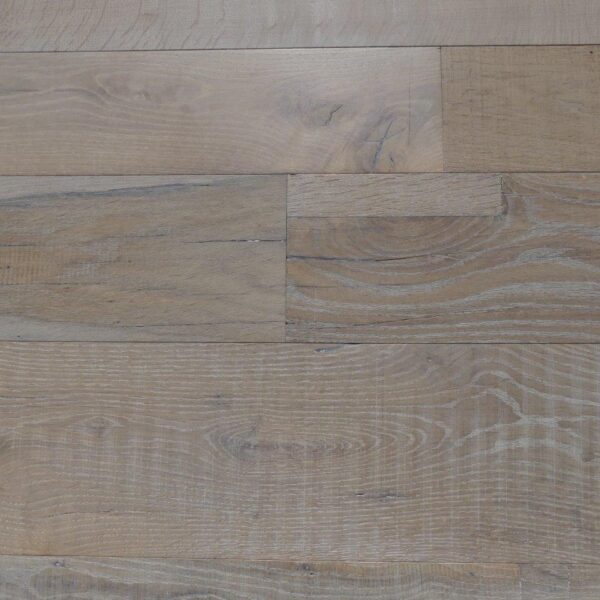Reclaimed Flooring
RECLAIMED FLOORING RANGE
By using reclaimed flooring, you can contribute to sustainable practices by conserving resources, reducing waste, lowering carbon emissions, and promoting a more environmentally friendly approach to construction and design.
Why use reclaimed flooring?
There are several reasons below:
Environmental sustainability:
Reclaimed flooring is made from salvaged wood sourced from old buildings, barns, or other structures. By reusing this wood instead of cutting down new trees, it helps conserve natural resources and reduces deforestation.
Unique and character-rich appearance:
Reclaimed flooring often displays a distinctive patina, rich colors, and unique grain patterns that cannot be replicated by new wood. It adds a sense of history, warmth, and charm to any space.
Durability and strength:
Reclaimed wood is typically from older trees, which tend to be denser and more durable than new wood. As a result, reclaimed flooring often offers better resilience and longevity.
Recycled material:
Using reclaimed flooring supports the principles of recycling and waste reduction. It gives new life to materials that would otherwise end up in landfills or be discarded.
Potential cost savings:
While the initial cost of reclaimed flooring may be higher than new wood, it can offer long-term cost savings due to its durability. Additionally, the unique aesthetic appeal of reclaimed flooring can increase the value of a property.
Reduced carbon footprint:
Reclaimed wood requires less energy and resources to produce compared to new wood. By using reclaimed flooring, you contribute to lowering the carbon footprint associated with manufacturing and transportation.
Overall, reclaimed flooring offers a sustainable and aesthetically appealing option for those who value environmental stewardship, unique design, and long-lasting quality.
Is it sustainable?
Yes, reclaimed flooring is considered sustainable for several reasons:
Resource conservation:
Reclaimed flooring is made from salvaged wood sourced from old buildings, barns, or other structures. By repurposing this wood, it helps conserve natural resources and reduces the need for harvesting new trees. This reduces deforestation and the associated environmental impacts.
Waste reduction:
Reclaimed flooring gives new life to materials that would otherwise end up in landfills or be discarded. By reusing wood that has already served its original purpose, it reduces waste and promotes a circular economy.
Energy and carbon footprint:
Reclaimed wood requires less energy and resources to produce compared to new wood. It eliminates the energy-intensive processes involved in cutting, processing, and drying new lumber. By using reclaimed flooring, you contribute to lowering the carbon footprint associated with manufacturing and transportation.
Environmental benefits:
Choosing reclaimed flooring helps prevent the destruction of ecosystems and habitats that occur with deforestation. It also reduces the need for chemicals and treatments commonly used in new wood processing.
Durability and longevity:
Reclaimed wood is often from older trees, which tend to be denser and more durable than new wood. As a result, reclaimed flooring often offers better resilience and longevity, reducing the need for replacement and further consumption of resources.
Aesthetic appeal:
Reclaimed flooring displays unique and character-rich qualities that cannot be replicated by new wood. Its distinctive patina, rich colours, and grain patterns add a sense of history and beauty to spaces, enhancing their overall design and value.
Is it easy to install?
While the installation process for reclaimed flooring may have some unique aspects, it can still be completed by skilled DIYers or professional installers with experience in working with reclaimed materials. Consulting with experts or experienced installers can provide valuable guidance and ensure a successful installation.
The installation process for reclaimed flooring is similar to that of new wood flooring but may have some additional considerations due to the nature of reclaimed materials. Here are some factors to keep in mind:
Preparation: Like any flooring installation, proper preparation is important. The subfloor needs to be clean, dry, and level before installing reclaimed flooring. It may require some additional work to ensure a suitable surface for installation.
Wood condition: Reclaimed wood may have variations in length, width, and shape. Some boards may also have nail holes, knots, or other imperfections that need to be addressed or left as part of the desired aesthetic.
Acclimation: Reclaimed wood should be acclimated to the environment in which it will be installed. This allows the wood to adjust to the temperature and humidity conditions of the space, minimising the risk of expansion or contraction after installation.
Installation techniques: Reclaimed flooring can be installed using various methods, including nail-down, glue-down, or floating installations, depending on the type of reclaimed material and the subfloor. It is important to follow our instructions or consult with a professional installer to determine the appropriate technique for your specific reclaimed flooring.
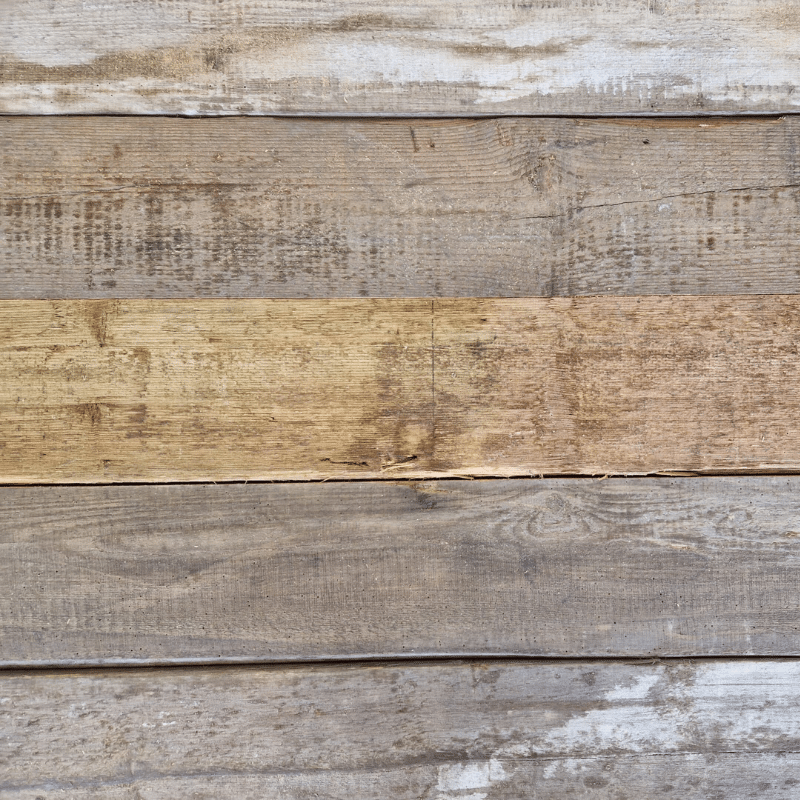
Why is Reclaimed Flooring Popular with Interior Designers?
Reclaimed wood flooring is popular with interior designers for a number of reasons. These reasons contribute to the popularity of reclaimed flooring among interior designers. It allows them to create visually appealing, sustainable, and memorable spaces that resonate with clients and reflect their design philosophy.
Unique and authentic aesthetic
Reclaimed flooring offers a distinctive and authentic look that adds character and charm to interior spaces. The weathered patina, rich colours, and unique grain patterns of reclaimed wood create a sense of history and warmth that can’t be replicated with new materials.
Storytelling and nostalgia
Reclaimed wood has a story to tell. It carries the marks of its previous life, such as nail holes, saw marks, or other unique characteristics. Interior designers appreciate the narrative aspect of reclaimed flooring, as it sparks conversations and adds a layer of nostalgia and authenticity to the design.
Sustainable design
Interior designers and their clients often prioritise sustainability and eco-friendly design choices. Reclaimed flooring aligns with these principles by repurposing materials and reducing the demand for new wood. It allows designers to incorporate environmentally conscious elements into their projects.
Versatility and adaptability
Reclaimed flooring can be used in various design styles, from rustic and industrial to contemporary and eclectic. Its versatility allows interior designers to create diverse looks and blend old and new elements seamlessly.
Customisation opportunities
Reclaimed flooring offers designers the opportunity for customisations and unique installations. The varied sizes, shapes, and textures of reclaimed wood allow for creative patterns, inlays, or mix-and-match designs, enabling designers to create personalised and one-of-a-kind flooring arrangements.
Enhanced value and marketability
Reclaimed flooring can increase the value and marketability of a property. Its unique and sustainable features appeal to environmentally conscious buyers who appreciate the craftsmanship and history associated with reclaimed materials.
What properties suit reclaimed wood flooring?
Reclaimed flooring can be suitable for various properties and spaces, depending on the desired aesthetic and functional requirements. Here are some properties where reclaimed flooring can be particularly well-suited:
Residential homes
Reclaimed flooring can add warmth, character, and a sense of history to residential properties. It works well in a range of architectural styles, from rustic farmhouse to urban loft, and can be used in living rooms, bedrooms, kitchens, or any other area where a unique and inviting flooring option is desired.
Commercial spaces
Reclaimed flooring can create a visually striking and memorable environment in commercial settings. It is often used in restaurants, bars, cafes, boutiques, and hotels to convey a sense of authenticity, craftsmanship, and sustainability. Reclaimed flooring can help businesses differentiate themselves and create a distinctive brand identity.
Historic or heritage buildings
Reclaimed flooring is an excellent choice for preserving the historical integrity of older or heritage buildings. It can seamlessly blend with existing architectural elements and match the era when the structure was built. Reclaimed flooring can help maintain the character and charm of these buildings while offering a durable and sustainable flooring option.
Retail and showroom spaces
Reclaimed flooring can enhance the visual appeal and uniqueness of retail and showroom environments. It provides a backdrop that highlights products and creates a welcoming atmosphere for customers. The distinctiveness of reclaimed wood can help create a memorable and immersive shopping experience.
Sustainable and eco-friendly projects
Reclaimed flooring is a natural fit for sustainable and eco-friendly projects that prioritise green building practices. It aligns well with LEED (Leadership in Energy and Environmental Design) certification requirements and can contribute to the overall sustainability goals of a project.
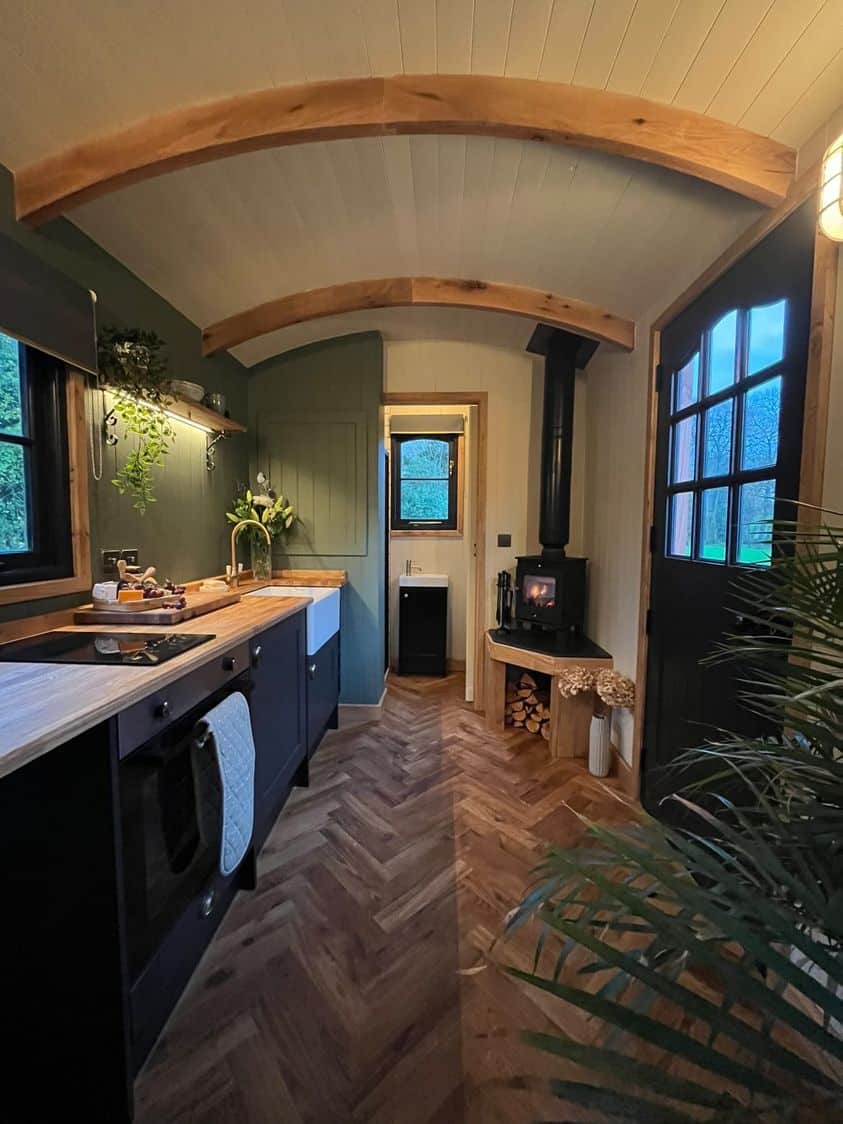
Renovations and adaptive reuse projects
Reclaimed flooring is often used in renovation projects where preserving or restoring the original character of a space is desired. It can be an ideal choice for adaptive reuse projects that transform old buildings into new functional spaces while honouring their historical and architectural significance.
Conclusion
It’s important to consider the specific requirements and characteristics of each property when choosing flooring. Working with a knowledgeable designer or contractor can help determine the best type, style, and installation method to achieve the desired aesthetic and functional goals.
Benefits of Engineered Flooring:
At Oakley we offer a range of solid and engineered reclaimed wood flooring, please see below a list of the benefits of engineered reclaimed wood flooring:
Stability:
Engineered reclaimed flooring is constructed with multiple layers, typically including a top layer of reclaimed wood and a backing of high-quality plywood or fibreboard. This layered structure enhances the stability of the flooring, making it less susceptible to expansion, contraction, or warping that can occur with solid reclaimed wood flooring. It is particularly suitable for environments with fluctuating humidity levels, such as basements or areas with underfloor heating.
Wide range of installation options:
Engineered reclaimed flooring is designed to be compatible with various installation methods, including nail-down, glue-down, or floating installations. This flexibility allows for easy installation over different types of subfloors and in different areas of a property.
Durability and longevity:
The top layer of reclaimed wood in engineered reclaimed flooring retains the authentic and unique character of reclaimed materials while benefiting from the added strength and durability of the engineered construction. This makes it more resistant to wear, scratches, and moisture damage compared to solid reclaimed wood flooring, extending its lifespan and reducing maintenance needs.
Versatility in design and finishes:
Engineered reclaimed flooring offers a wide range of design options. The top layer of reclaimed wood can be sourced from various species and come in different widths, lengths, and finishes. This versatility allows for greater design flexibility and customisation to suit different interior styles and preferences.
Environmental sustainability:
Like solid reclaimed wood flooring, engineered reclaimed flooring contributes to environmental sustainability by repurposing salvaged wood. By using reclaimed materials as the top layer, it helps reduce the demand for new timber and supports the principles of recycling and waste reduction.
Ease of maintenance:
Engineered reclaimed flooring is typically finished with protective coatings that make it easier to clean and maintain compared to unfinished reclaimed wood. Regular sweeping, vacuuming, and occasional damp mopping are usually sufficient to keep the flooring in good condition. The durability of the engineered construction also helps resist stains and damage from everyday use.
Overall, engineered reclaimed flooring offers the beauty and character of reclaimed wood while providing enhanced stability, versatility, and durability. It is a practical and sustainable choice for those seeking the unique aesthetics of reclaimed flooring combined with the benefits of engineered construction.
Looking For Our Pricing? Call Us Now
Fast Shipping
Fast shipping on all orders from UK
Secure Payment
We offer safe shopping guarantee
100% Satisfaction
We have 100% positive feedback from our clients
Telephone Support
We are always on hand for any questions you may have
FREE SAMPLES & TECHNICAL EXPERTISE - NEXT DAY DELIVERY - STOCK RESERVATION AVAILABLE
Inspiration
Examples of our products in live settings
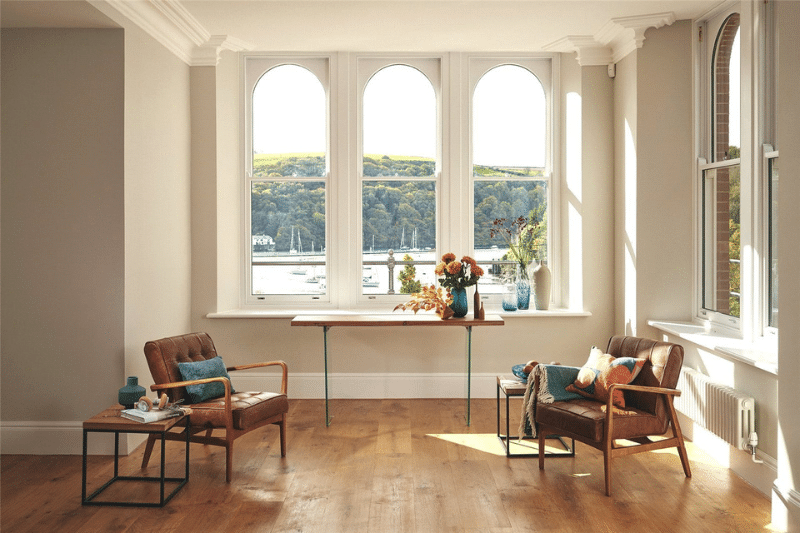
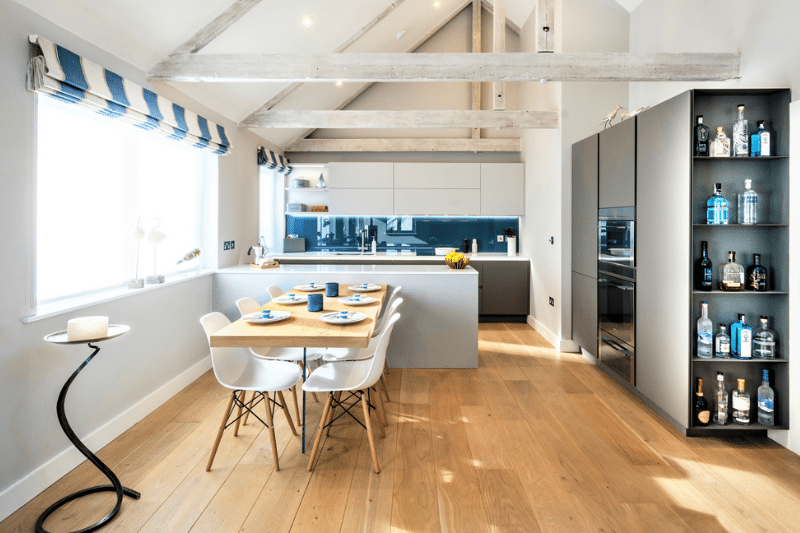
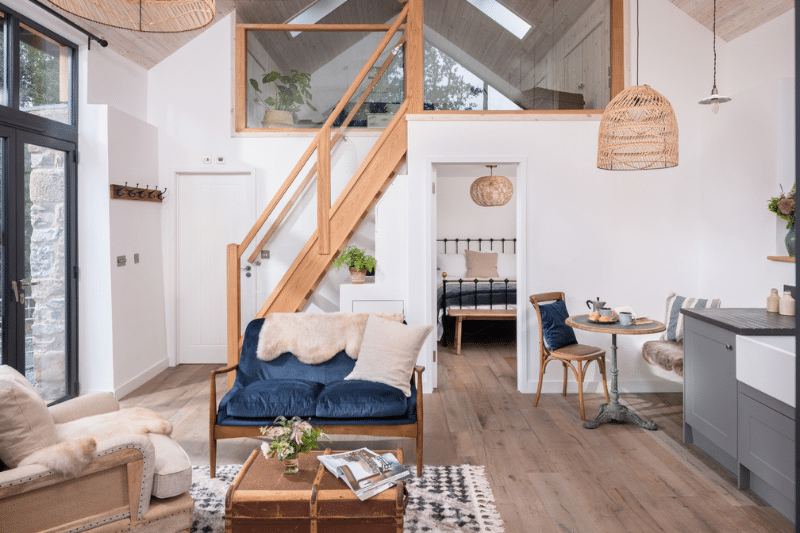
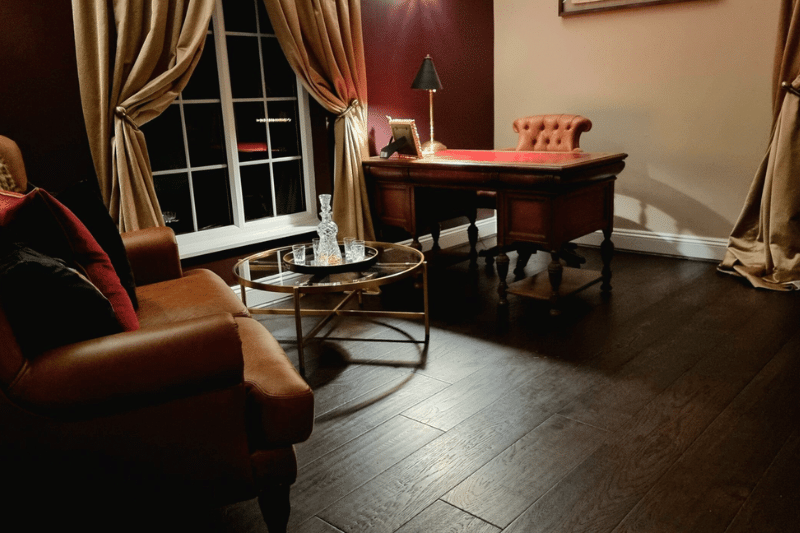
GET IN TOUCH
Have an idea or project then please get in touch...

